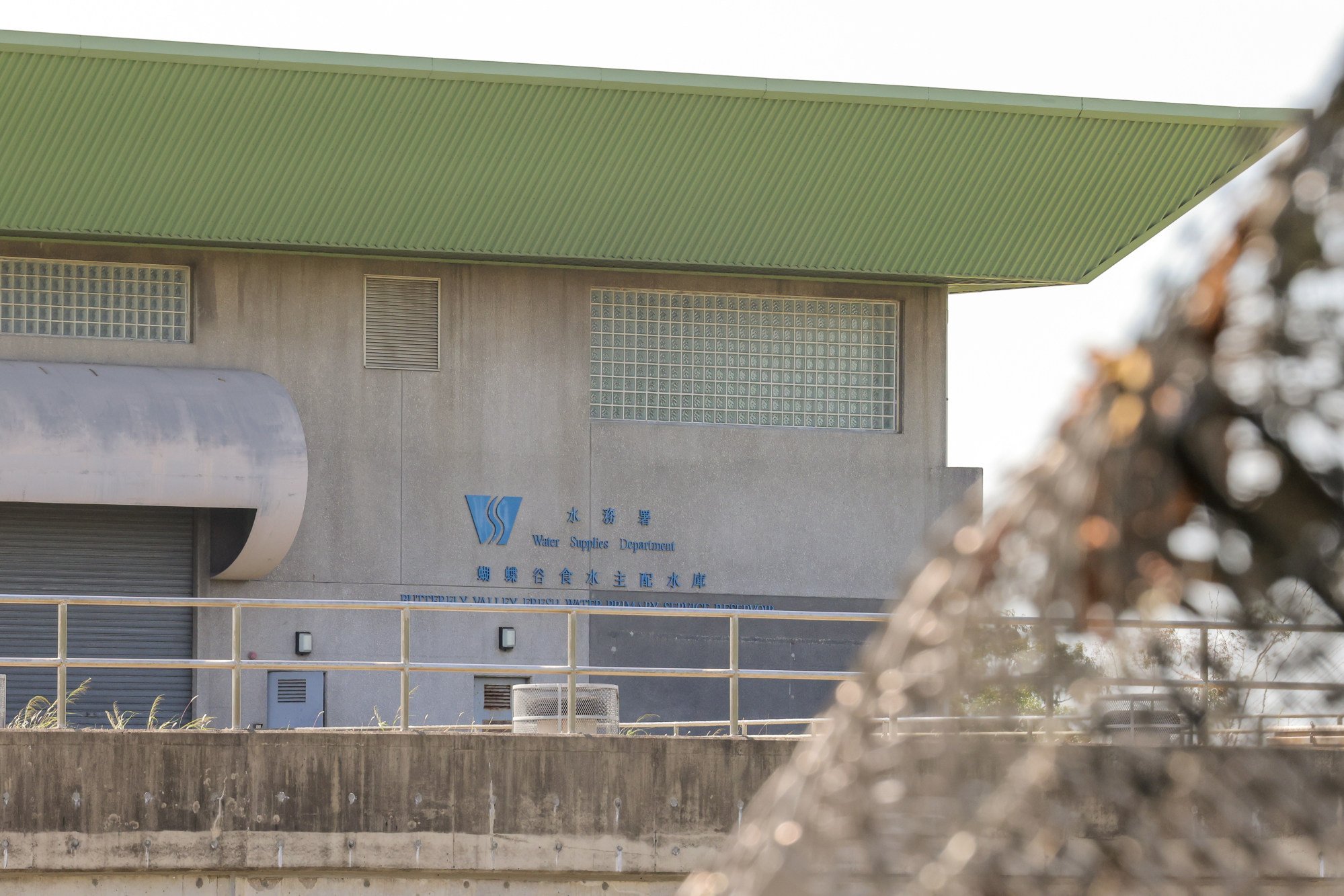
Hong Kong doctors may need to report melioidosis cases by law as 3 new infections confirmed
- More chlorine has been added to water at treatment facility and UV light disinfection technology will be installed
- Tests at reservoirs did not return positive results so source of outbreak is still unknown
Hong Kong doctors could be required to report melioidosis cases by law after health officials confirmed three more infections, while water authorities stepped up efforts through increasing chlorine levels at a treatment facility to kill germs that may have caused the mysterious outbreak.
In an evening statement on Tuesday, the Centre for Health Protection announced plans to make melioidosis a statutory notifiable disease, citing “a larger number [of infections] detected this year”, as it revealed three more cases, bringing the tally to 34.
Worryingly, two new patients – an 88-year-old man with hypertension and a 69-year-old man with chronic heart and lung problems – live in North Point and Chai Wan respectively and have no history of visiting the melioidosis-hit Sham Shui Po district. They did not drink unboiled water either.
A third patient aged 89 had a history of multiple illnesses including diabetes and hypertension, and lives in Sham Shui Po. All three of them are in stable condition.
Melioidosis should be made notifiable to Hong Kong authorities, experts say
Earlier in the day, The Water Services Department revealed new precautionary measures after visiting Shek Kip Mei and Butterfly Valley reservoirs with University of Hong Kong microbiologist Yuen Kwok-yung, as the two sites emerged as prime suspects for the spread of bacteria in the nearby Sham Shui Po district.
“One direction of the investigation is whether the patients have drunk or come into contact with contaminated water,” Dr Albert Au Ka-wing, principal medical and health officer of the Centre for Health Protection, said after the inspection.
“We believe the outbreak is abnormal, so we notified the water department at first to see whether problems lie with the supply systems.”

Caused by the bacterium Burkholderia pseudomallei, melioidosis is normally spread through contact with contaminated soil or surface water and symptoms include fever, headache and localised pain or swelling.
Severe cases, however, can involve pneumonia and sepsis – when the immune system starts to attack healthy tissue.
The disease is endemic in Hong Kong but an unusual spate of infections with 34 cases detected so far this year, up from around 10 annually in the past, prompted health authorities to investigate.
According to the Centre, 20 out of the 34 cases live in 19 blocks across Sham Shui Po, with no contact history with each other. Although only one block has recorded two cases, the buildings all lie within a 1km radius fanning out around Lee Cheng Uk and Pak Tin estates. Nineteen of them developed symptoms since August, with 16 of those aged 60 or above.

Last Friday, the Centre for Health Protection revealed it had found DNA traces of the bacterium at a construction site at Pak Tin Estate, but said the bacterial load was too low and could not be reproduced in a laboratory, adding all the patients said they had never been to the site.
On Tuesday, officials opened another front of investigation and inspected the service reservoirs after Yuen earlier found positive swab samples taken from a water pipe and the surface of a flowerpot at a patient’s home.
Even though the team did not report any positive readings from the reservoirs, Yuen said for precaution, he recommended two measures to enhance safety, including increasing chlorine levels at the Sha Tin Water Treatment Plant from one part per million to 1.2 in a million. The facility is the largest in the city and supplies Sha Tin, Kowloon Central and part of Hong Kong Island.
Hong Kong logs spate of melioidosis cases, but experts urge public not to panic
“At 1.2 per million, we believe it will be able to kill all the capsular material from the bacteria,” Yuen said, adding if too much chlorine was added, some residents might complain of a weird taste and others could have an allergic reaction after drinking the water.
The department said the first suggestion had been implemented on Monday, while it was looking at adopting Yuen’s second suggestion of installing UV light to kill off more bacteria.
‘Vietnamese time bomb’ disease: US deaths linked to Walmart aromatherapy spray
Yuen added: “We again remind the elderly as well as patients with chronic illnesses that they should run the tap for a minute first, before using the water to brush their teeth or shower or drink.”
He said his team had also considered another possibility of the spread, and bought some cheap facial masks from the district to see if they were contaminated.
